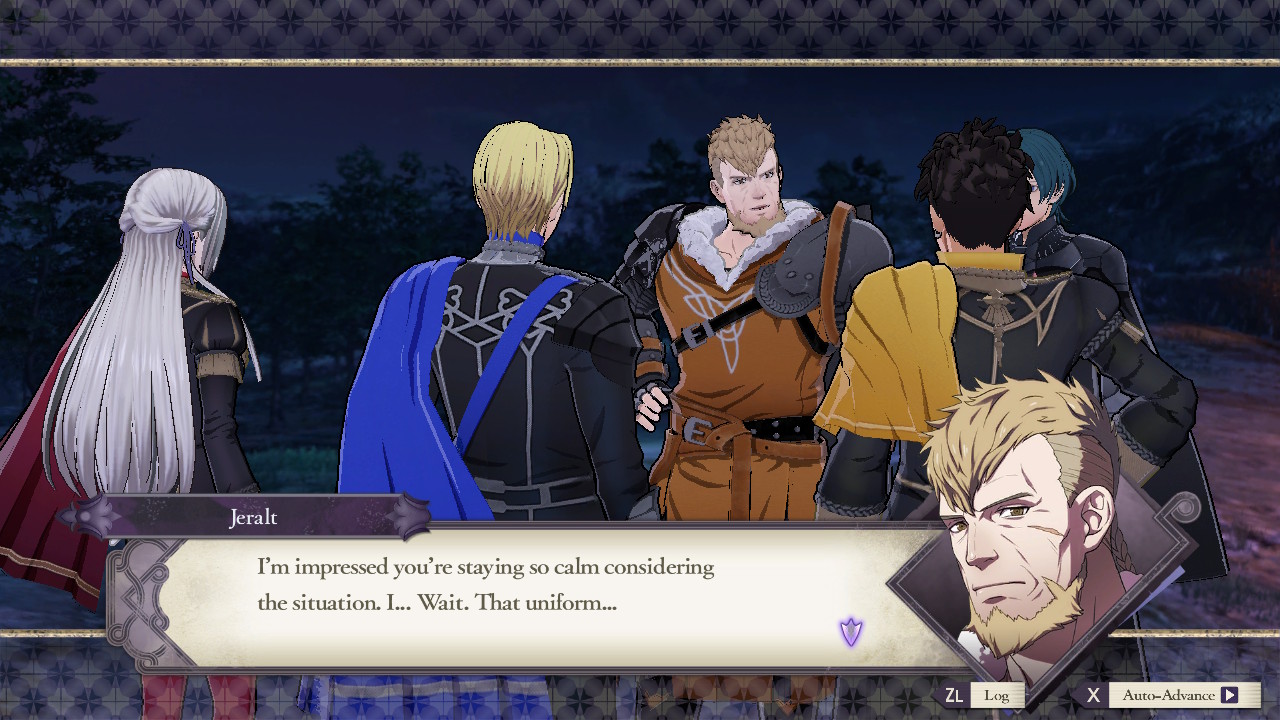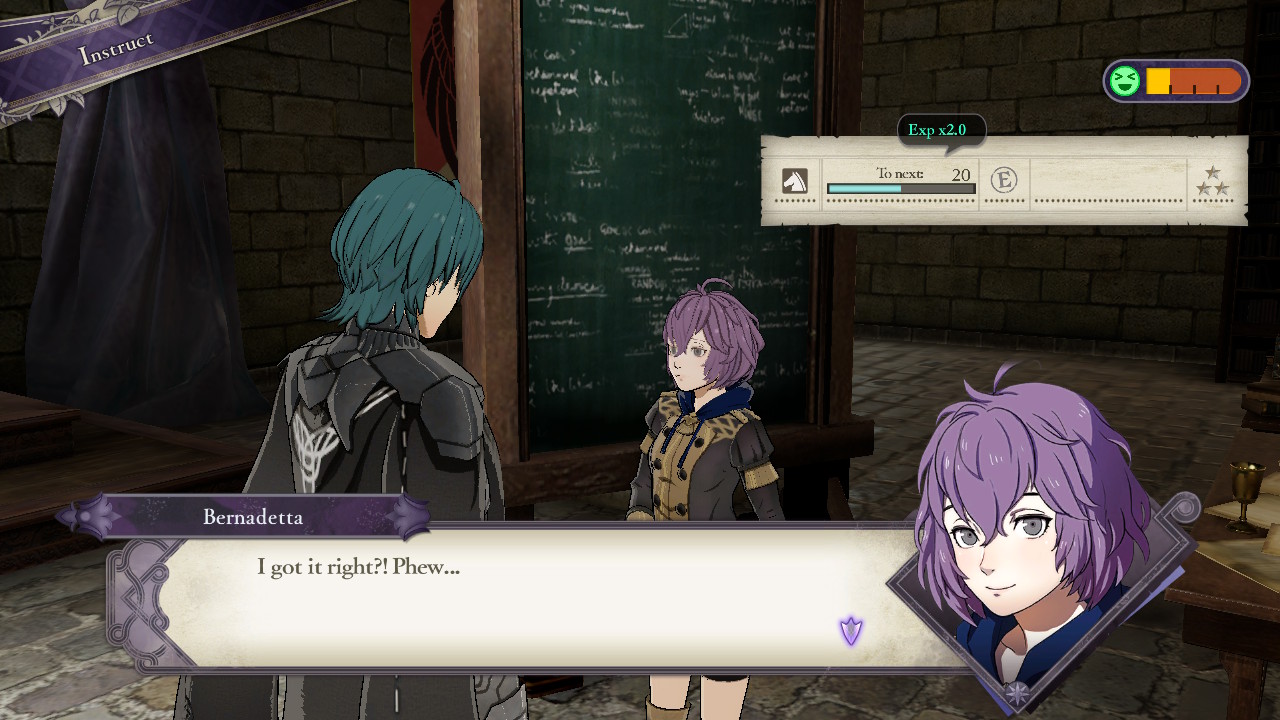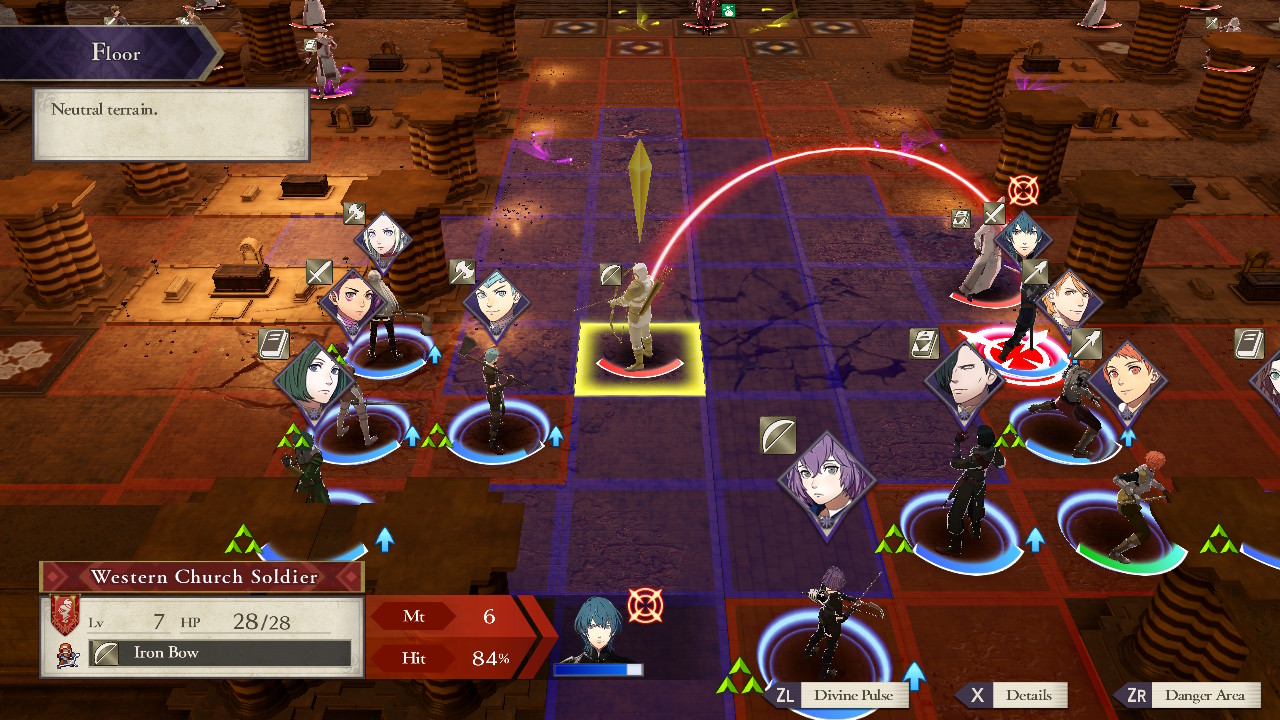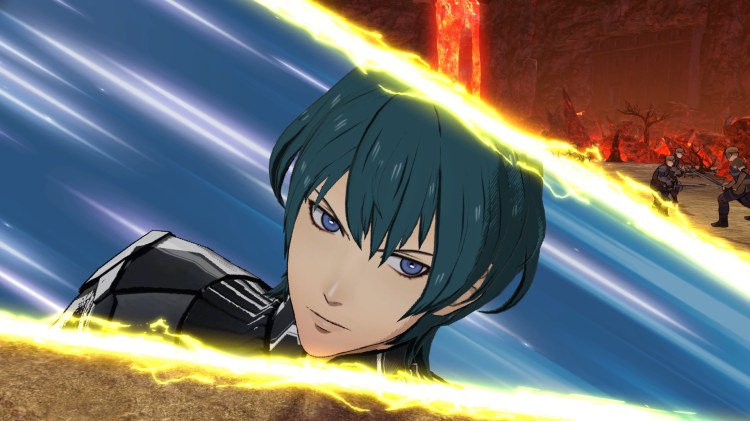Fire Emblem has become Nintendo’s fastest-rising franchise this decade, and Three Houses continues to grow the tactical series’ prestige.
In multiple ways, this feels bigger than any other Fire Emblem game. The story is epic with player choices having a giant impact on the narrative. You have more things to do outside of battle than any previous Fire Emblem offered. And this is also a significant visual upgrade for the series following its 3DS installments.
Three Houses is a major step for the franchise. This Nintendo Switch game, which releases on July 26, has a scope that exceeds anything the series has ever attempted.
What you’ll like
Important choices
June 5th: The AI Audit in NYC
Join us next week in NYC to engage with top executive leaders, delving into strategies for auditing AI models to ensure fairness, optimal performance, and ethical compliance across diverse organizations. Secure your attendance for this exclusive invite-only event.
Soon after starting, you have a major decision to make that will impact the rest of the game. You have to choose which house you will lead as its professor. Each one has its own roster of students, which also become your units in battle. Each student has their own skills, strengths, and personalities.
But you aren’t just picking a bunch of pupils. Each house represents a different country inside the game’s fantasy setting of Fódlan. You have an empire, a kingdom, and an alliance. All three of them have different political ideals, forms of government, and social structures.
You could choose your house for any number of reasons. Maybe you just want the one that has the most archers. You might be interested in a house because it has a character you find intriguing. You could choose one just because you find yourself agreeing with its ideology. It’s wonderful having such an important, intense decision to make so early in the experience, and it gives you a good reason to play through Three Houses multiple times.
Picking your house, however, is not the only important decision you’ll make. Without giving anything away, you’ll make other choices as the story progresses that will have monumental impacts on how the narrative plays out.

Above: Gotta make a choice.
A giant experience
Three Houses is huge. While past Fire Emblem games put the majority of their focus on combat while maybe throwing in a few social activities to do between them, this puts a bigger focus on the stuff you do between all the fighting.
It has a calendar structure. You have a major story mission you have to complete toward the end of every month, but you have freedom to do other things on the preceding weeks. You can walk around the monastery where you teach, speaking with students and faculty, going fishing, practicing in the choir, or more. All of these activities help strengthen your bonds with other characters or improve your stats, so it helps improve your performance in combat.
Teaching and learning
You’ll also be spending a lot of team teaching your students. This is Three House’s most gratifying system. In order to develop into stronger fighting classes, characters have to be proficient enough in specific skills. For example, if you want an Archer to become a Sniper, they’re going to have to improve their Bow skill.
Characters will level up those skills slowly as they use them on the battlefield, but they can get much further ahead through teaching and study. You set goals for each character, assigning them up to two skills you want them to focus on learning. You can also teach them directly, giving those stats a boost depending on their motivation (which you can increase through activities, like giving them gifts or inviting them to tea).
Using these systems to work toward character goals is just as satisfying as any victory in combat.

Above: Professor Fire Emblem.
Epic battles
Of course, fighting is still an important part of Three Houses. Like in past Fire Emblem games, this is a grid-based, turn-based tactical role-playing game. You move characters around the battlefield, trying to exploit enemy weaknesses while avoiding the deaths of any of your units.
While the mechanics are familiar, Nintendo has given these battle a nice visual upgrade. Although you are only commanding about a dozen characters, you can see armies clashing against each other once you order an attack. Your units aren’t solo fighters. They are commanders, each with their own battalion. And battalions aren’t just a visual flourish. You can buy and earn new battalions and assign them to the character of your choosing. Battalions increase their assigned commanders stats and give them access to a special move (this will do things like stun an enemy after the attack).
Three Houses makes fights feel like an actual battle and less like a skirmish between a handful of troops.

Above: To battle!
What you won’t like
It’s hard to fail
As great as the battles look, they often feel too easy. I’m playing Three Houses on normal mode with perma-death turned on, so my character who die won’t come back to life at the end of a battle. I found this combination perfect in past Fire Emblem games, but Three Houses has given less of a challenge.
Three Houses introduces a rewind feature that you can use a few times for each battle. This lets you undo a single, dumb mistake. It can also help fix for an unfortunate turn of luck, like an enemy hitting you with an unexpected critical strike. But having this rewind can also give you too much breathing room. You’re less afraid of making a mistake since you know you can undo it. You also no longer have the weapon triangle, a series convention that gave different weapons a rocks-paper-scissors interaction of weakness and strength. This means you don’t have to worry about your sword user being weak against lances. The game still has weaknesses, but they’re much more forgiving.
The maps themselves also feel too open and simple. Without things like enclosed areas, traps, or rough terrain, it was often too easy to just put my beefiest units in the front line and lure enemies to come crashing into my army like a wave against a cliff.
This difficulty problem corrected itself a bit as I got deeper into the game, but I should have had a more consistent challenge throughout the whole experience.

Above: Tactics time.
Conclusion
Aside from a complaint about difficulty, Three Houses is a deep and satisfying experience. Its layers of inter-connected systems will please strategy-minded fans, while its fun and likable cast of characters will help make the experience a memorable one.
Fire Emblem continues to be a franchise on the rise, and Three Houses just took the series to another peak.
Score: 92/100
Fire Emblem: Three Houses releases for the Switch on July 26. Nintendo gave us a code for this review.


